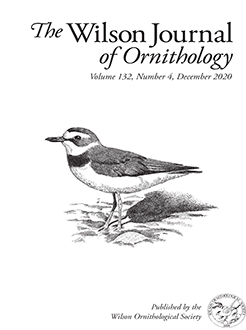Double brooding, a second breeding attempt following the successful fledging of a previous brood, has the potential to substantially increase annual reproductive success of a given bird species. Tree Swallows (Tachycineta bicolor) have a wide breeding distribution, which makes them suitable subjects for looking at effects of environmental variation on their breeding biology. One aspect of Tree Swallow breeding that is not well studied is double brooding. During this study, double brooding was frequent, ranging from 37% to 57% each year. Single broods and first broods did not differ from each other, however second broods had smaller clutches, fewer fledglings, and reduced hatching success. Double brooded females had a median date of first egg laying that was 5 d earlier than single brooded females. Based on other studies of double brooding in Tree Swallows, the observed differences may be attributable to factors such as reduced food supplies later in the season, female age, breeding experience, and/or nesting date. The results demonstrate the necessity for studying this species over a broader portion of its range to better understand its population dynamics and reproductive potential.
How to translate text using browser tools
14 September 2021
Double brooding of Tree Swallows (Tachycineta bicolor) in southeast Tennessee
David A. Aborn
ACCESS THE FULL ARTICLE
multiple brooding
population differences
reproductive plasticity
southeast Tree Swallows





